

Jay Atkinson
gamer level 8
34505 xp
34505 xp
followers
281
281
Use my invite URL to register (this will give me kudos)
https://boardgaming.com/register/?invited_by=jgatkinsn
profile badges




recent achievements

Rosetta Stone
Explore select games by completing a series of exploration actions. learn more »
Explore select games by completing a series of exploration actions. learn more »

Explorer - Level 5
Earn Explorer XP to level up by completing Explorer Quests!
Earn Explorer XP to level up by completing Explorer Quests!

Mask of Agamemnon
Explore select games by completing a series of exploration actions. learn more »
Explore select games by completing a series of exploration actions. learn more »

Treasure Chest
Explore select games by completing a series of exploration actions. learn more »
Explore select games by completing a series of exploration actions. learn more »
Player Stats
Critic (lvl 5)
3375 xp
3375 xp
Explorer (lvl 5)
3768 xp
3768 xp
Professor (lvl 4)
2855 xp
2855 xp
Reporter (lvl 3)
1219 xp
1219 xp
About Me
I'm really an "avid gamer" who plays mainly with my family...ergo "family gamer". Not the typical definition of family gamer, so I present it this way to give you a better idea of what kind of gamer I am. I'm willing to try just about any game once with a few exceptions.
I love civilization type games and good strategy games, but I also enjoy simple yet deep games that are fun. Settlers of Catan and Settlers of Canaan is what got me into boardgaming. I love to play with my family, and they probably think I'm getting too obsessed with board games. My tastes have changed, since I started, and I lean towards wanting more theme in my games.
One day, I hope to design a few successful games. My oldest daughter and I spend a few days a month working on game design ideas. She enjoys the creative process as much as I do and is almost an avid gamer as I am.
Right now, I really like playing Memoir '44 and Sentinels of the Multiverse with my son, Hive and Aquaretto with my oldest daughter, Dixit and King of Tokyo with my youngest daughter, and Battle Line or Lost Cities with my wife.
Game Types that I like:
[Civilization-style/4X games]
[Sci-fi thematic]
[Light wargames]
[Clever card games]
[Light to medium weight economic games]
[Cooperative Games]
Game Types I don't like:
[Zombie games]
[Most Fantasy games]
[Horror games]
[Games requiring you to lie]
[Traitor/Backstabbing games]
P.S. If you need some spaces in your profile, use left angle bracket 'br' right angle bracket to add line breaks to your text. Can't type it here or it will insert a line break:-)


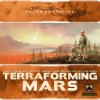


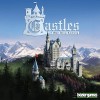






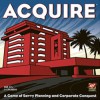

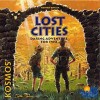








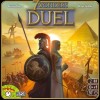








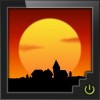
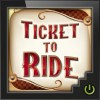

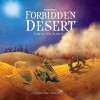
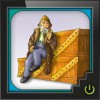


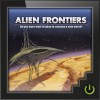











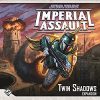
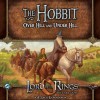


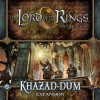
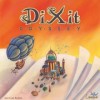





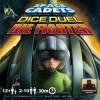


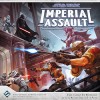
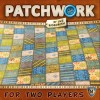
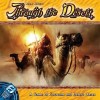


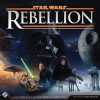














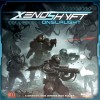
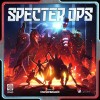
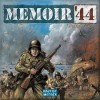





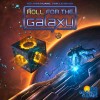






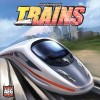






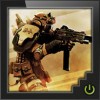
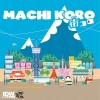






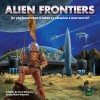

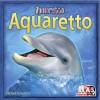


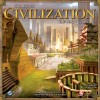
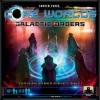

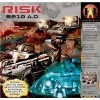



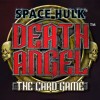
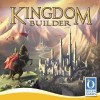

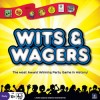

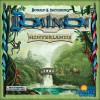



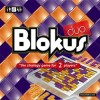
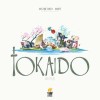


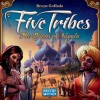
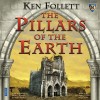
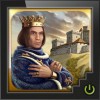
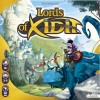

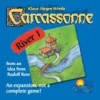




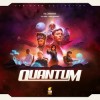


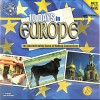



![Go to the Level 7 [Omega Protocol] page Go to the Level 7 [Omega Protocol] page](https://boardgaming.com/wp-content/uploads/2013/06/LEVEL-7-Omega-Protocol--100x100.jpg)















Trains: Rising Sun
Overview
Trains: Rising Sun is a standalone game that builds upon it’s solid predecessor Trains in fantastic way. It’s still a deckbuilder about managing your train network, but adds more cards that enhance gameplay and provides more options that makes network building even more important.
Pros
Plays stand alone
Adds more options to make board play more important (Route Cards)
2 player maps!
More direct interaction in attack cards
Cooler victory point cards
Can mix it with the original Trains!
Cons
None
Gameplay
The overall gameplay of Trains: Rising Sun hasn’t changed from Trains, so I won’t repeat it here. Just please refer to Trains to see my overview. However, Trains: Rising Sun adds so much more that enhances the existing gameplay greatly. The first thing it adds is the Route Bonus cards. This is probably the most important addition to the game. The Route Bonus cards add purpose to building your network between certain cities and enhance the theme of the game. They provide bonus points for connecting target cites on the route and provide a “special power” if you choose to use them after claiming them. The publisher also provides Route Bonus cards for the previous Trains and all the maps they have produced so far… awesome!
Also, attack cards are added that provide more direct interaction instead of just multiplayer solitaire. Most of them mess with other players hands. This could be a con for some, but you don’t have to play with them. The victory point cards have more interesting scoring bonus instead of just straight points on the cards. There are also more ways to manage the waste in your hand, and more trains that combo with other trains.
The last great addition is the two player maps! This makes for tighter and more strategic gameplay for two players, which was missing in the original more “expansive” maps. The resources are tighter as well, since the rules set you up with less stations, cards, and rail tokens. This was a much needed addition to the game.
Conclusion
I originally rated Trains a 10, but given this addition, I’ve had to adjust my score. Rising Sun is what Trains should have been the first time. I love almost everything they’ve added to the game. It improves the original game in just about every facet even the deck cycle problem by providing more scoring options and direct interaction. If you’re looking to get into Trains, you should start here. If you already have Trains and like it, you must get this!
A question you may ask is “If I don’t have Trains, and buy Rising Sun, should I get the original Trains?”. I would say yes if you find yourself liking Rising Sun. If you don’t like Rising Sun, then you probably shouldn’t look into Trains. However, if you didn’t like Trains, you might want to give Rising Sun a chance. It really is better. I heartily recommend this version of Trains!
Gamer Recommendations
Family Gamer – YES – theme is fine, but kids need to be older
Social Gamer – NO – too heavy and thinky for social gaming
Casual Gamer – YES – Still simple enough to learn, just add routes
Strategy Gamer – MAYBE – More strategic with route cards
Avid Gamer – YES – More options, more variation, more interaction
Power Gamer – MAYBE – More goodness that might interest the Power Game who has original